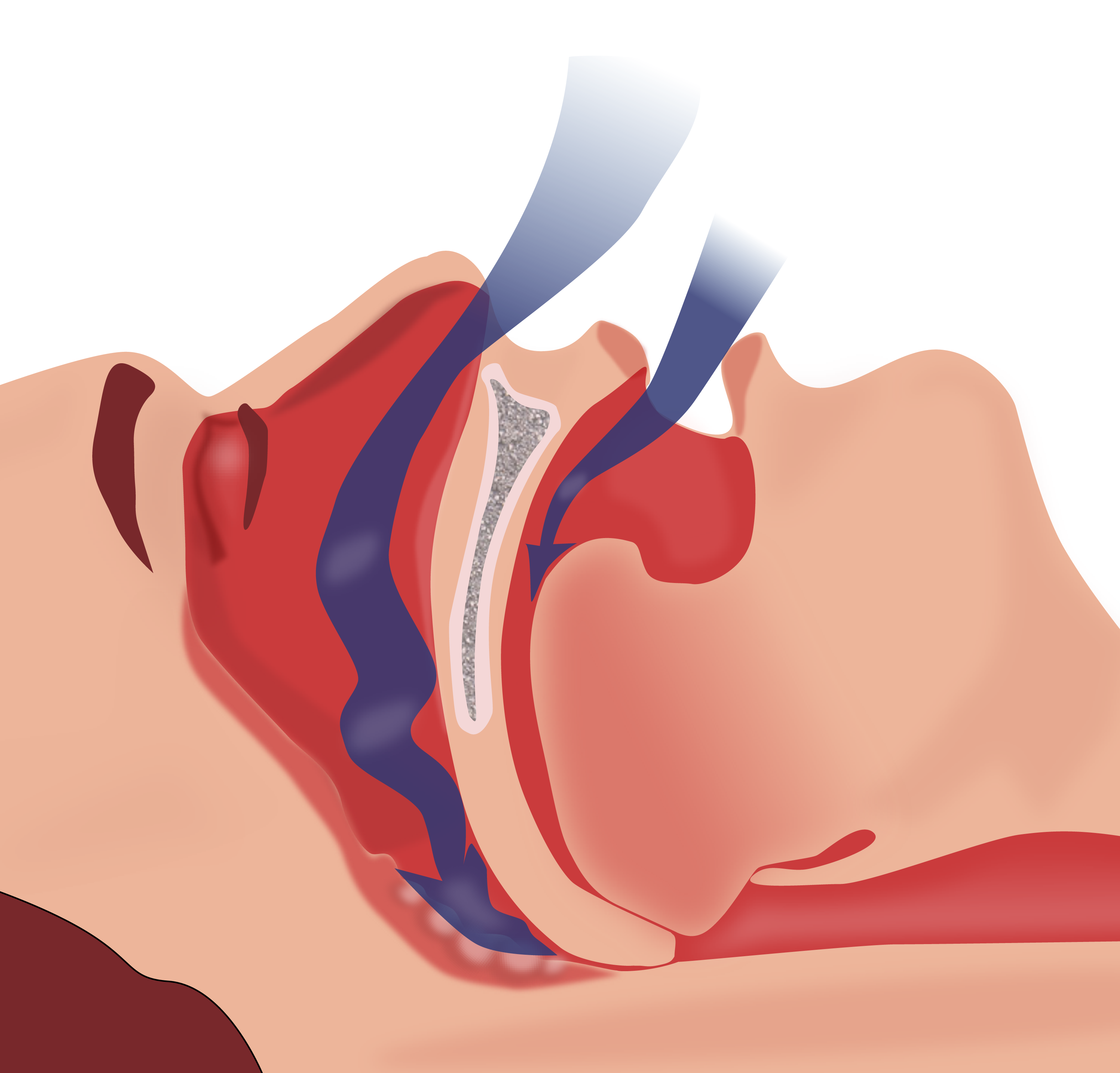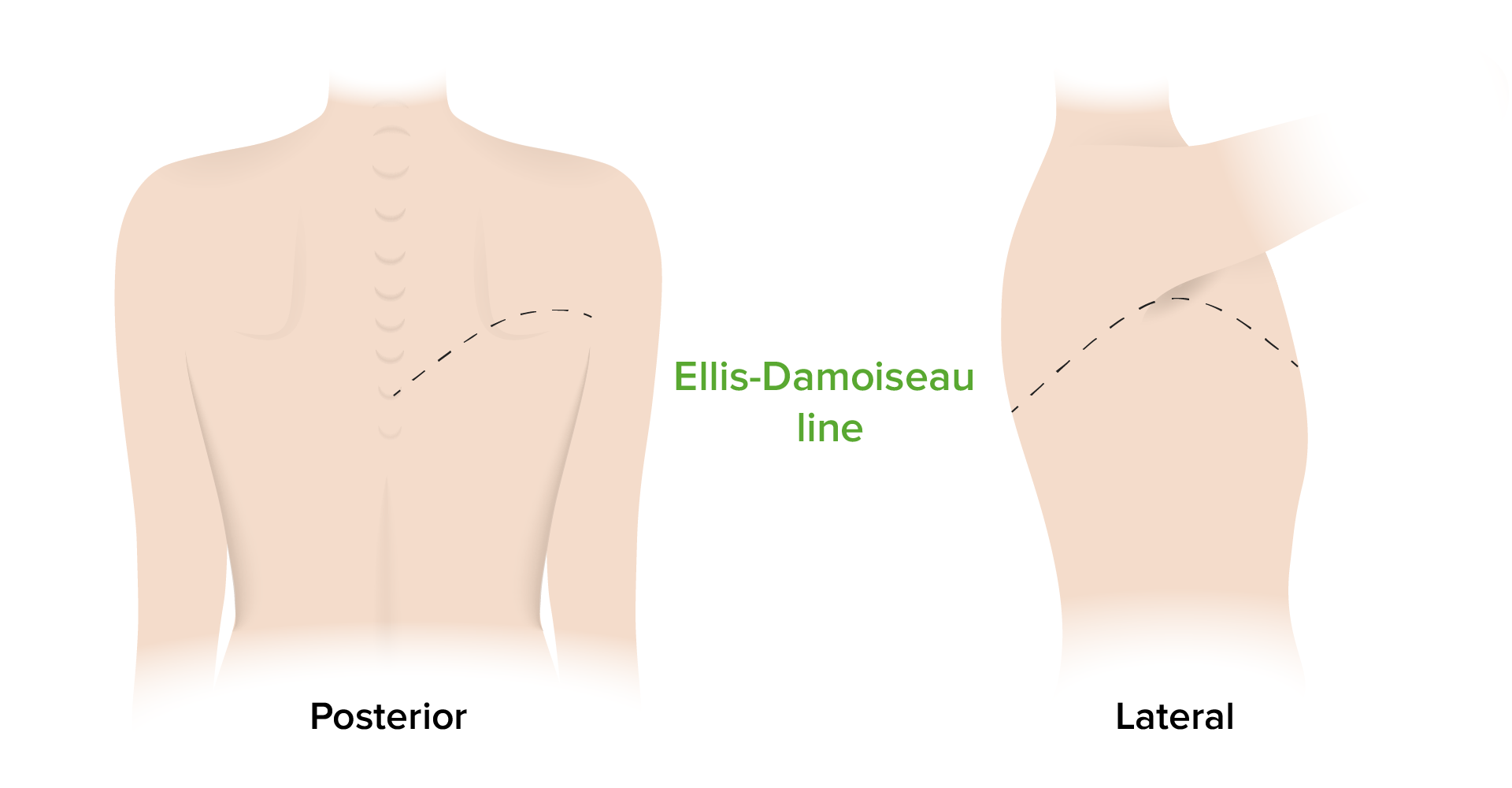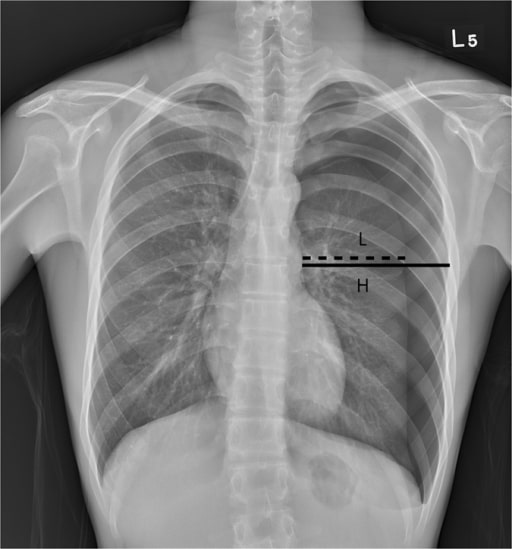Playlist
Show Playlist
Hide Playlist
Pneumothorax, Pleural Effusion & Obstructive Sleep Apnea
-
Slides SpecificDiseases RespiratoryPathology V2.pdf
-
Download Lecture Overview
00:01 Now, with obstructive sleep apnea, our discussion continues. 00:04 And then here, what is it? What is actual occuring? Its respiratory obstruction caused by excess. 00:12 Please know the actual anatomical structure parapharyngeal tissue in obese adults, patient one. 00:20 Patient two, adenotonsillar hypertrophy in children who snore loudly. 00:27 So you have the adenotonsillar in children and you have the parapharyngeal in the adult obese individuals. 00:34 This is obstructive sleep apnea meaning to say that you're having difficulty with proper respiration. 00:41 Central sleep apnea. 00:43 Well, there's no respiratory effort. 00:45 Why? Because it's actually been a real CNS injury. 00:49 And when there's CNS injury, please understand that it's going to knock out centrally your sleep center. 00:55 And so therefore there is no respiratory effort. 00:59 Now we have what's known as obesity hypoventilation syndrome. 01:03 It's specifically a type of sleep apnea, in which we then have to categorize or label as being in the obese individuals. 01:11 First, who is your patient? Know the BMI. 01:14 The basal metabolic index is measured and defined is greater than 30 kilograms per meter squared. 01:23 That's an obese individual, by definition by BMI. 01:27 Because of the obesity, there is going to be difficulty with remember? If you're gonna have obesity, what happens to your thoracic cage? It doesn't open up. 01:37 It causes more shrinkage of thoracic cage. 01:40 So now we have restrictive lung disease. 01:43 Now, once such an issue takes place, now you're worried about retention of carbon dioxide during sleep and during the day. 01:51 And hypoxemia. 01:53 There is no joke. 01:54 The fact that you're actually retaining a carbon dioxide continuously at night and at day because it's not like "Oh, well, I feel like I want to be 500 pounds at night. 02:05 And then I'm going to weigh 150 in the morning. 02:08 I'm sorry, but that's don't work like that. 02:11 So the individuals obese, I don't care at night or day, right? So therefore, what is this going to result in? This is scary ladies and gentlemen. 02:20 You're going to have increased retention of carbon dioxide it doesn't matter at day or at night, and hypoxemia. 02:27 Once again, you're worried about all those things that we talked about including secondary type of primary hypertension the class three, and the fact that you may result in right ventricle issues. 02:37 And the fact that you might have secondary polycythemia obesity, hypoventilation syndrome. 02:44 Now, sleep apnea. 02:45 Two major categories of sleep apnea. 02:47 Obstructive. 02:48 We talked about how you have an individual parapharyngeal in adults and adenotonsillar in children. 02:55 Whereas, if it's central, then you have issues with well, heart failure, strokes, and drugs such as methadone. 03:01 Two major categories.
About the Lecture
The lecture Pneumothorax, Pleural Effusion & Obstructive Sleep Apnea by Carlo Raj, MD is from the course Disorders of the Pulmonary Circulation and the Respiratory Regulation.
Included Quiz Questions
What is obstructive sleep apnea in children usually caused by?
- Adenotonsillar hypertrophy.
- Excess parapharyngeal tissue.
- Opioid use
- CNS injury
- Obesity
Which of the following patients is most likely to present with central sleep apnea?
- 30 year old with a history of opioid abuse, currently on methadone maintenance therapy.
- 60 year old with a history of well-controlled hypertension.
- 50 year old with a BMI > 30 with right heart failure.
- 20 year old with a history of asthma, who reports waking up at night gasping for air.
- 40 year old with a BMI > 25 with a neck circumference of 17 inches.
Customer reviews
3,0 of 5 stars
| 5 Stars |
|
2 |
| 4 Stars |
|
0 |
| 3 Stars |
|
0 |
| 2 Stars |
|
0 |
| 1 Star |
|
2 |
it's hard to follow him due to his disorganization. he jumps here and there, that makes it hard to follow
3 customer reviews without text
3 user review without text






